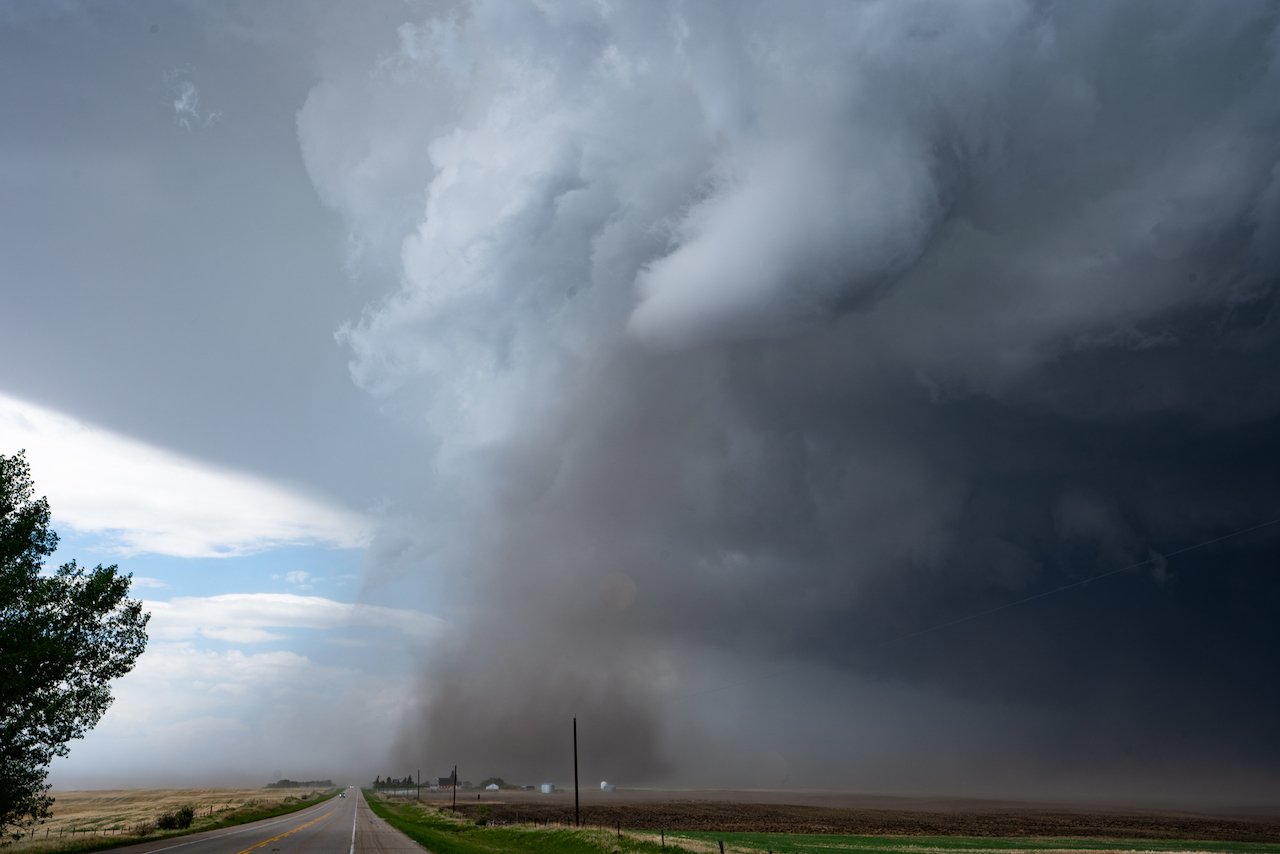
ALL HAZARDS: MISSION SPECIFIC DEPLOYMENTS
All-Hazards: Mission Specific Response
Canada Task Force 2 is prepared, trained, and equipped to deal with all hazards in a modular and mission-specific fashion. These attributes – modular and mission-specific – mean that Task Force can deploy the right-sized team, with the right skills and equipment to aid any disaster response.
MODULAR APPROACH
To support the specific needs of each incident, CAN-TF2 can be deployed in a modular approach.
The most typical are the following:
MODULAR DEPLOYMENT
A scalable response with specialized personnel, resources or equipment to integrate into your response structure to help meet your operational objectives.
ADVISORY OR MENTORSHIP CAPACITY
Trained and experienced members can be deployed to support your incident response.
LARGE SCALE RESPONSE
We are able to deploy in a fully self-sufficient capacity as an Incident Management team and/ or an Urban Search & Rescue Team. This can include in excess of 80 members to help achieve the operational objectives or complex incidents.
Mission specific APPROACH
CAN-TF2 maintains a constant state of readiness, prepared to deploy with equipment pre-loaded on vehicles to deal with many of the most common hazards in our geography. In addition to these pre-loads, CAN-TF2 also has pre-planned mission-specific packages to deal with identified high-risk hazards.
These teams are appropriately trained and staffed to meet the needs of the incident without taking resources away from the community including complete self-sufficiency for 72 hours, followed by ongoing self-sufficiency for 14 days with the resupply of consumables, and the ability to rotate in full additional teams to maintain that level of capability for as long as the incident requires.
Our team can respond to extreme weather incidents like landslides and tornados or human-triggered events, however below are some types of
mission-specific incidents we commonly deploy to.
Floods
CAN-TF2 is experienced at responding to floods including Canada’s most costly flood in Calgary (2013), with capabilities including:
Substantial pumping capacity
Water transport capability
Incident Management and Emergency Operations Centre (EOC) support
Forest fires
CAN-TF2 is experienced at responding to wildfires like the 2023 Alberta and NWT Wildfires, Chuckegg Creek Wildfire in 2019 and Fort McMurray in 2016, with capabilities including:
Assisting in the coordination of operations that span the wildland-urban interface
Logistical support; Tent-based camps and mobile command facilities
Incident Management and Emergency Operations Centre (EOC) support
Catastrophic BC Earthquake Response
CAN-TF2 is prepared to deploy in response to a major earthquake including the ability to deploy light to heavy urban search and rescue teams; including canine search, structural collapse rescue, rope rescue, medical, communications support, logistics, transportation, command and incident management team.
The town of Frank in Southern Alberta, today. The major landslide called “The Frank Slide” occurred in 1903, almost 120 years ago.




